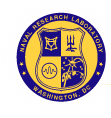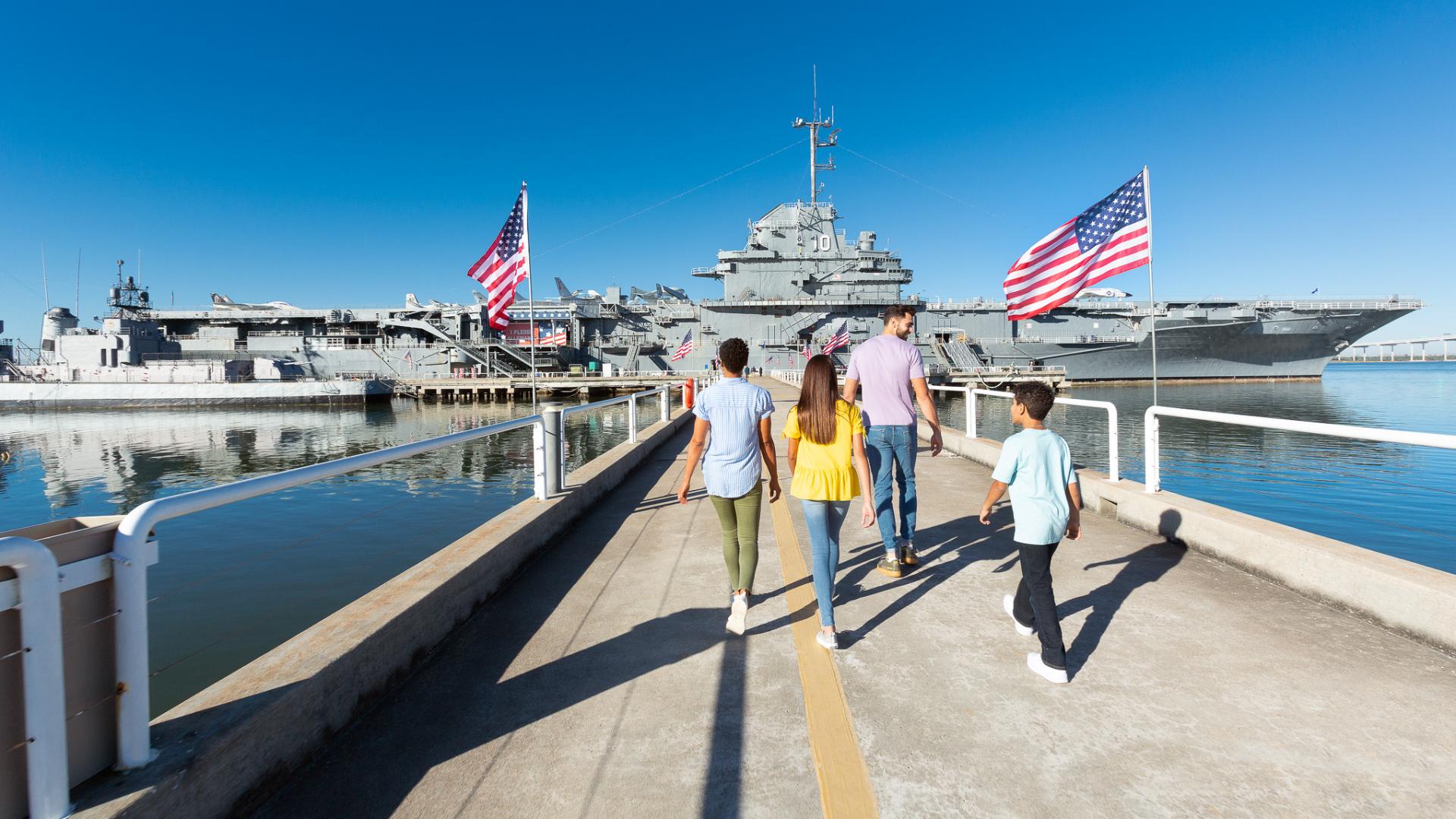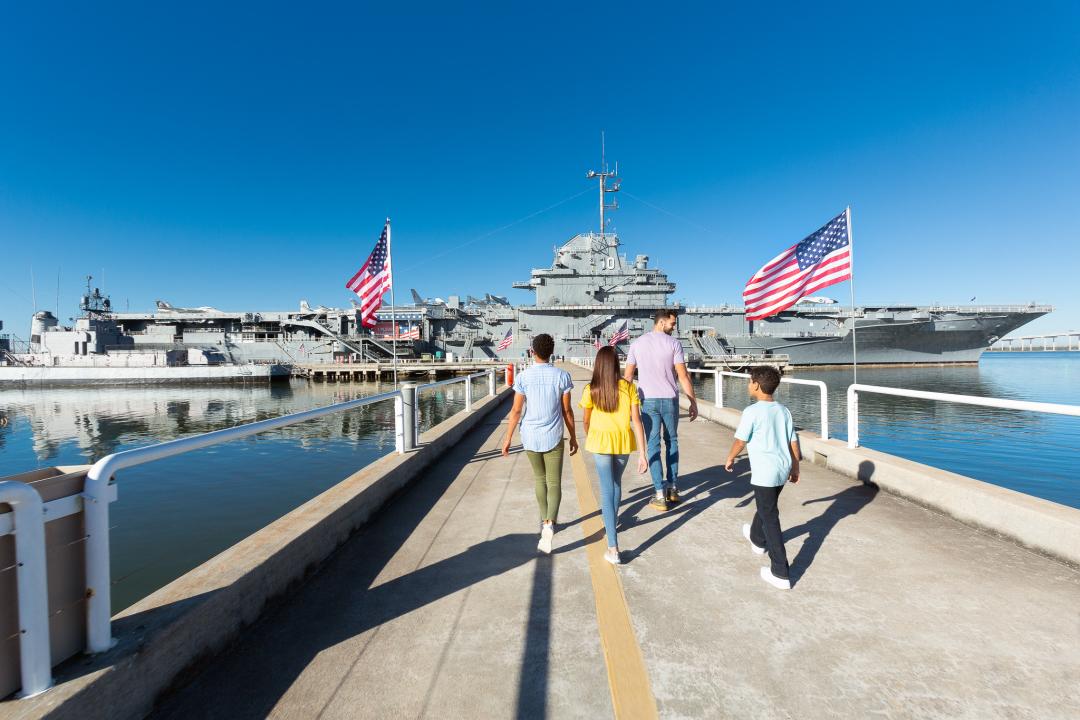
Eighty years ago on 05 November 1930, L. C. Young and L. A. Hyland of the Naval Research Laboratory (NRL) detected an aircraft while conducting experiments in the directional effects of radio. This discovery led to the creation of a NRL project for "Detection of Enemy Vessels and Aircraft by Radio."
First experiments used a continuous wave (CW) approach, but this method was unsuccessful. In 1934, Young suggested using a pulsed transmitter, similar to one that the NRL had built in 1925 for the Carnegie Institution of Washington in measuring the altitude of the ionosphere. Taylor assigned Robert Page to design an apparatus for testing this suggestion.

A 60-MHz (5.0-m) pulse-modulated transmitter was soon built, which generated 10-microsecond pulses with a wait-time of 90 microseconds between pulses. Using a large antenna atop the main NRL building and a separately located receiver modified to pass the pulse signals, Page began assembling the equipment. In December 1934, Page first successfully tested the apparatus, tracking an aircraft at up to one mile as it flew up and down the Potomac River. Although the detection range was small and the indications on the oscilloscope monitor were almost indistinct, it represented a proof of the basic concept.
Based on this, Page, Taylor, and Young are generally credited with developing the world's first radar system. (RADAR is an acronym for Radio Detection And Ranging. A radar system must both detect a target and measure the range to the target. Many earlier systems had functioned only to detect without measuring range.)

Robert Page would go on to become the NRL Director of Research in 1957. He served in this position until retirement in 1966. In his four decades at the NRL, he was awarded 65 patents, 40 directly in radar, more than any other person or group of persons.


